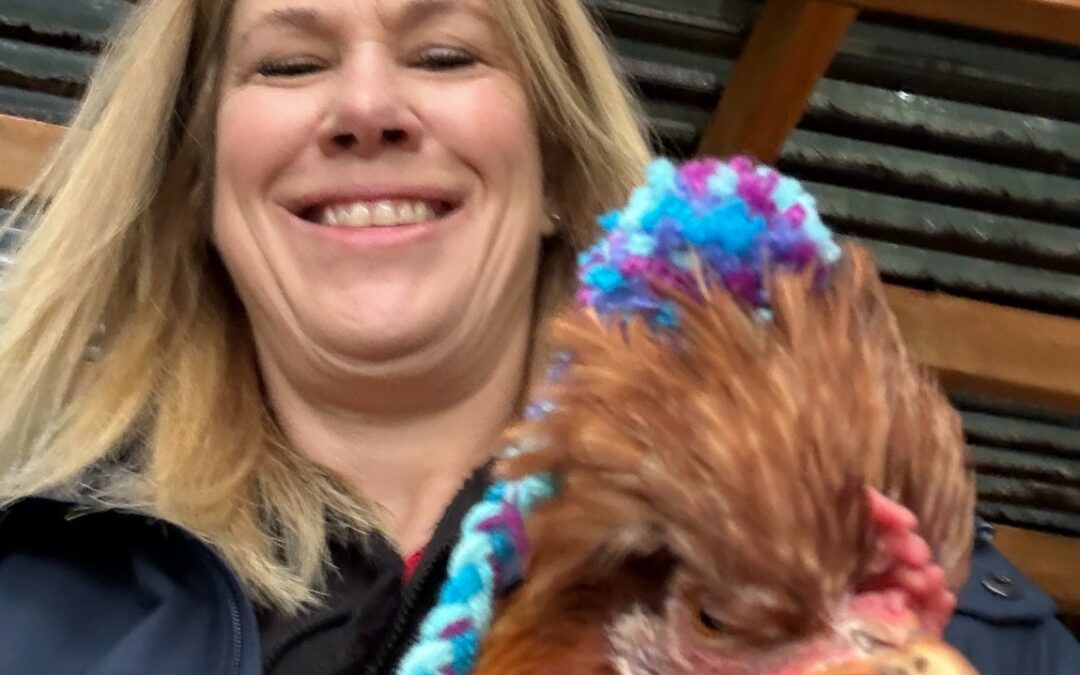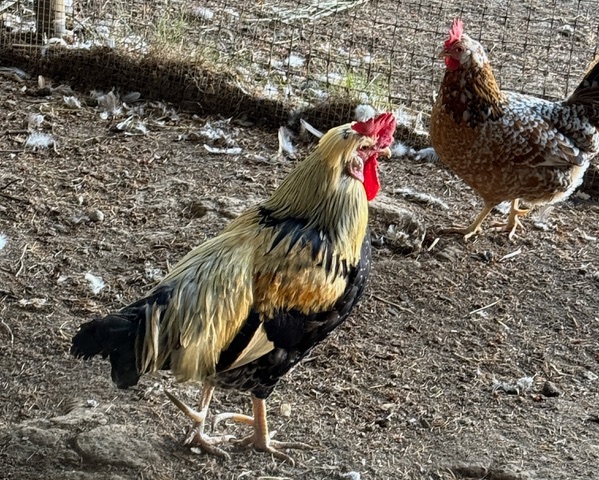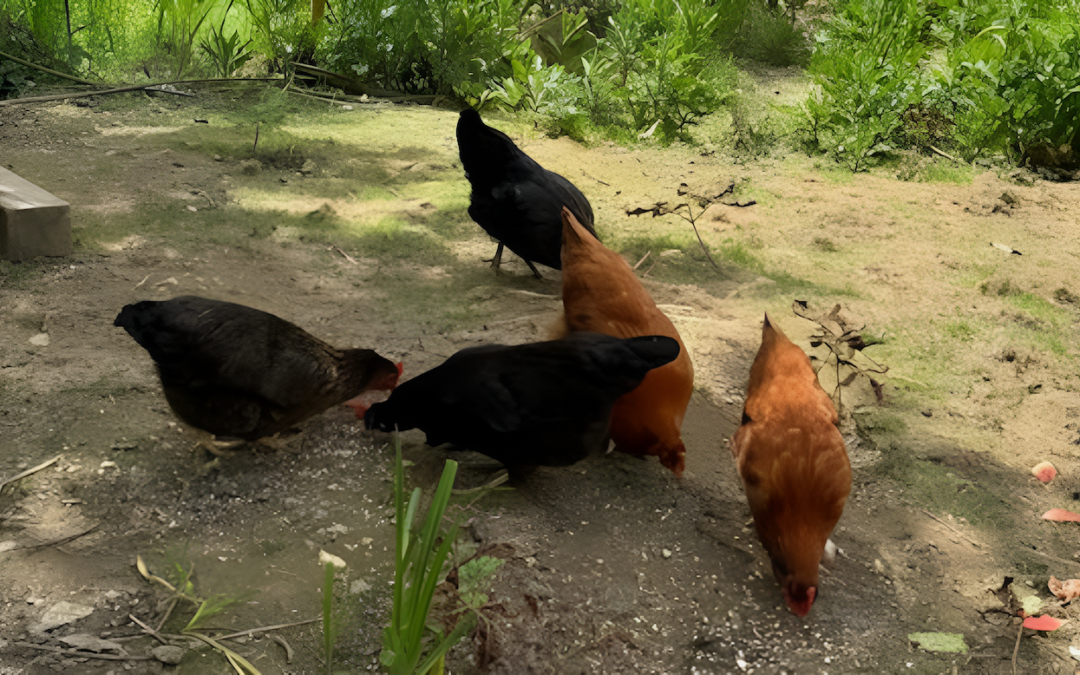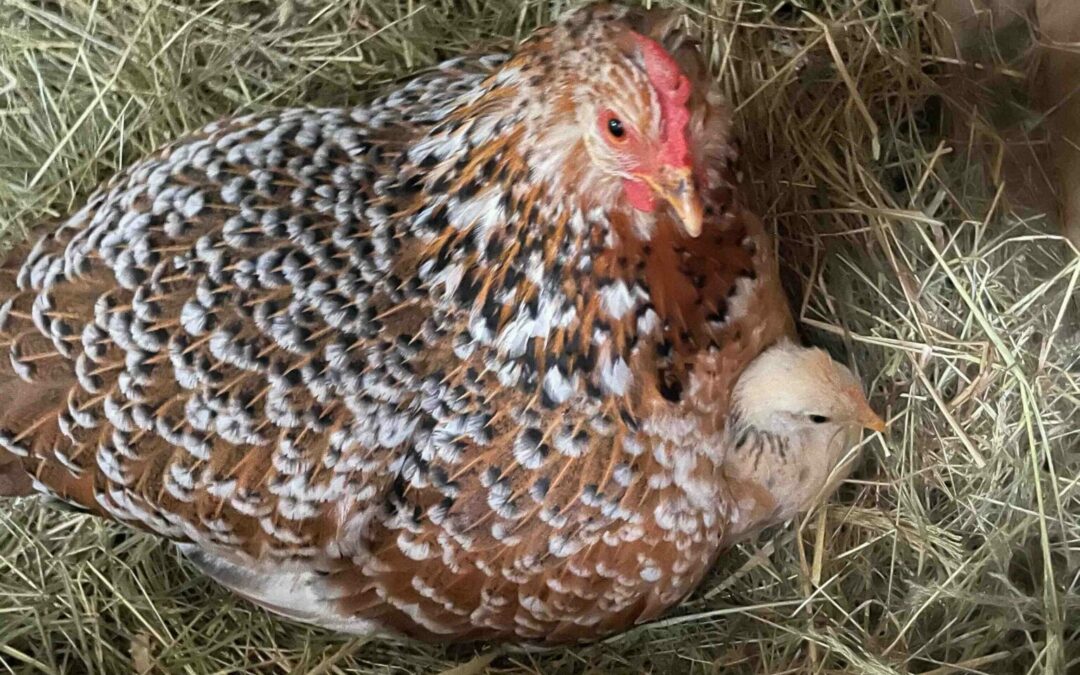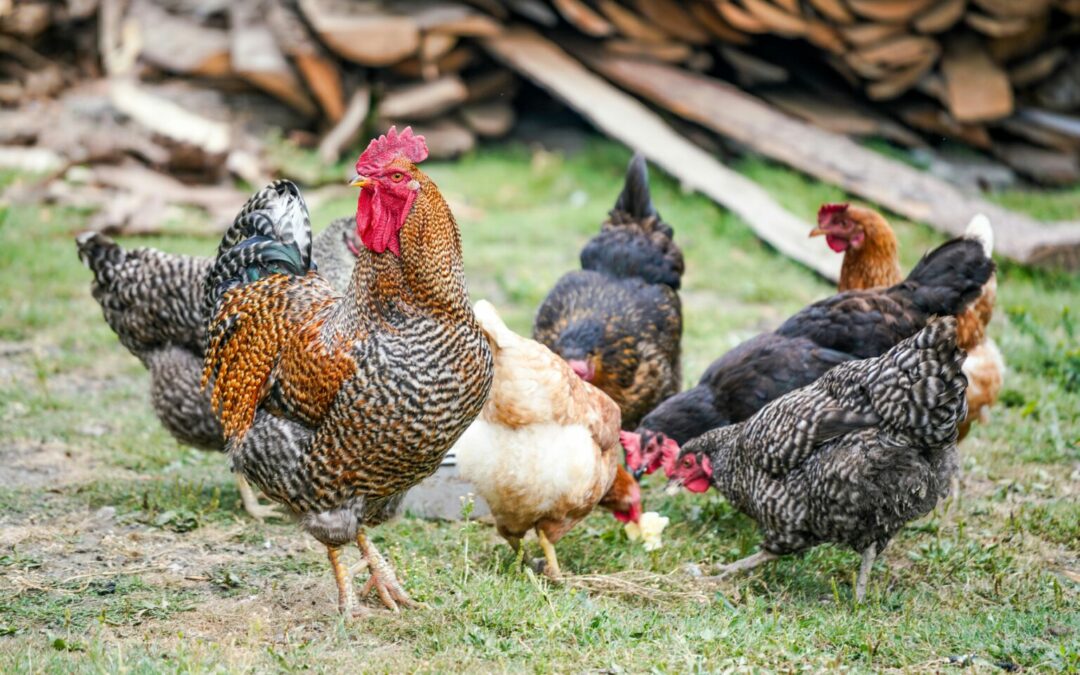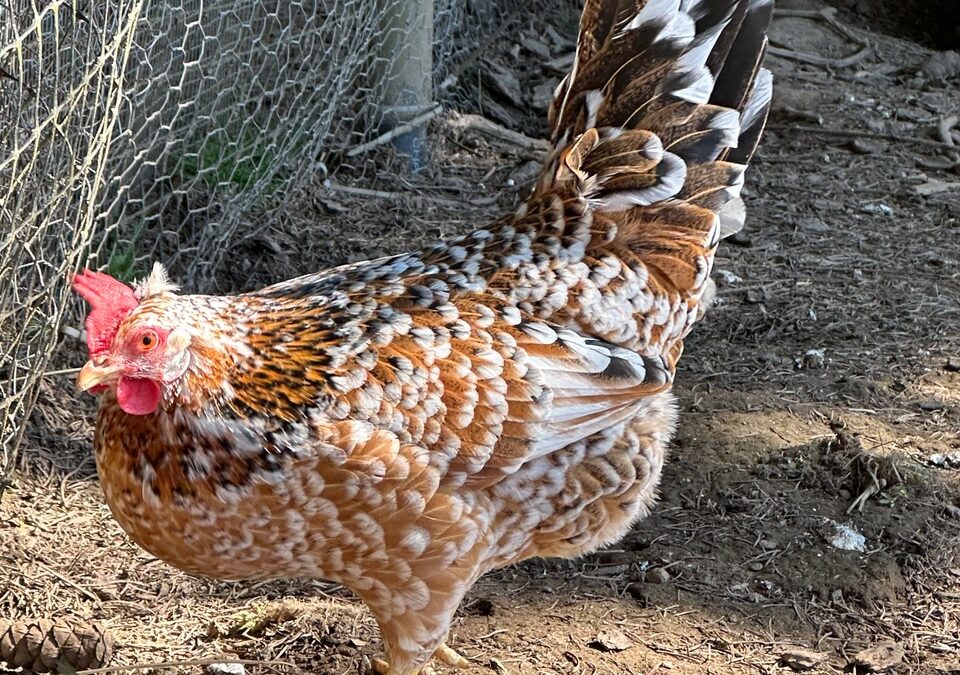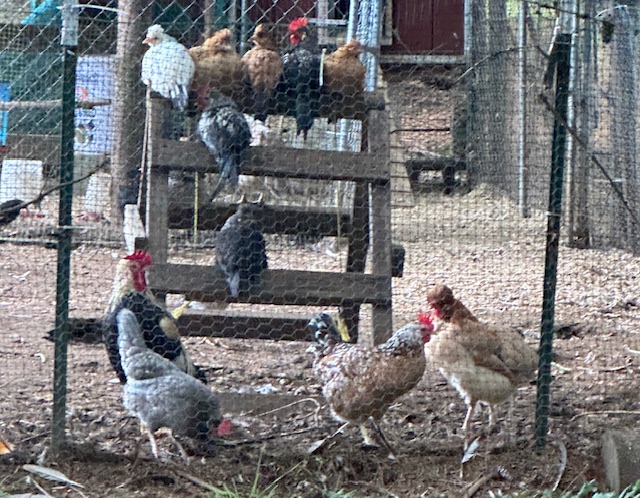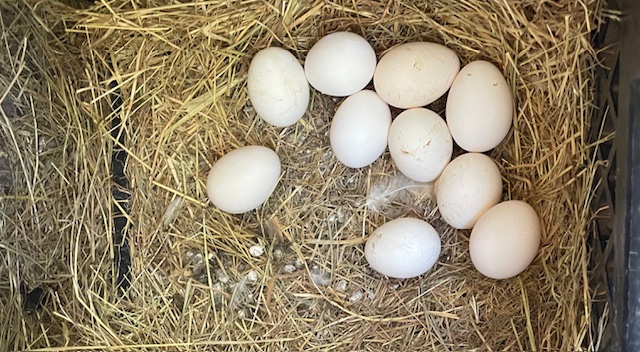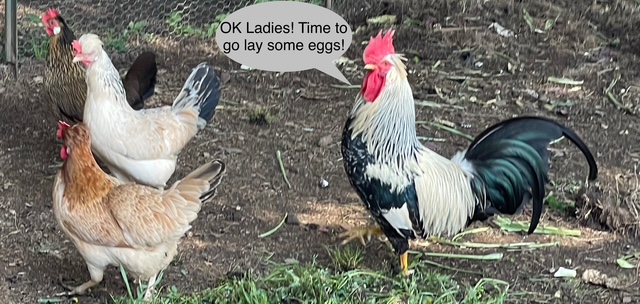
When Did The Price Of Eggs Get So High
The dark days of winter. This time of year is hard, especially with all the Christmas lights down. I know we are gaining on the sunlight, but we still have more than five months until the summer solstice. This season also means my hens aren’t laying many eggs. It has been two weeks since my last egg. As frequent readers know, it takes a lot of work to clean the coop, feed the hens, refill their water container, give them treats, put hats on them, and not get any eggs. The lack of egg production has forced me to buy eggs at the grocery store. I paid $10.49 for a dozen free-range eggs. When did the price of eggs get so high?
Here I am, working really hard to care for my hens, and they aren’t doing their jobs. So I turned to my chicken coach for advice. My first question was, “Are your chickens laying right now?” Her response was, “Yes, we’re getting 18-20 eggs per day.” How she ended up with so many chickens, I have no idea, but I’ve learned not to ask someone how many chickens they have. It’s one of those seemingly easy questions that can be surprisingly difficult to answer.
But her answer to the question of egg-laying made me realize I could definitely do something to get my ladies to start laying. My chicken coach provided lots of resources and ideas on what she has been doing to ensure egg production throughout the winter. I immediately put her ideas into action, and slowly egg production has begun to increase.
Here’s the thing. Had I not sought outside advice, I would have made up my own story about what was going on with my hens. I’d rely on what I thought I remembered from the last time this happened or search the web for the best remedy. But talking to someone who knows me, my hens, and all things chickens was the fastest way to identify the root cause and start addressing the problem.
As I teach my clients, you can’t coach yourself from inside a bottle. You receive much more valuable help when you bring in an outside perspective from someone who understands you. However, you must invest in that relationship if you want that person to understand your situation and the people involved. That’s the only way to ensure that the advice they offer you remains relevant.
A few months ago, I received an email from a CEO about an issue with a leadership team member. This team member had a complete breakdown during a meeting. He was yelling, swearing, and carrying on. The CEO was quite concerned about the team member and the impact his behavior would have on the team and possibly the organization. Having spent time with the team during several EOS sessions, I had my own perspective on this person and some of the behaviors I had observed. We talked through the issue and ultimately agreed that there must have been something outside of the business that caused his severe reaction.
Rather than discipline the team member for his behavior, the CEO decided to meet one-on-one to find out what was going on. It turned out that some stressors at home were spilling into his work. Together, they talked through some techniques the team member could use when he started to feel that his emotions were getting the best of him.
This is exactly what I believe is so powerful about the work I have the privilege of doing. Spending time with leadership teams allows me to get to know the team and individual team members along with the business and the challenges they face. All of this gives me the context and background to truly coach them to become their best. As one of my clients said, “You are hard on us when we need it. But you’re also there to share in our celebrations.”
As you start this new year and consider everything you want to accomplish, do you have the right structure to support achieving those things? Do you have the right coach to guide you through the obstacles you may face? If you answered no to either of these questions, please reach out to me. I can help you and your leadership team get more out of your business than you could ever imagine.

